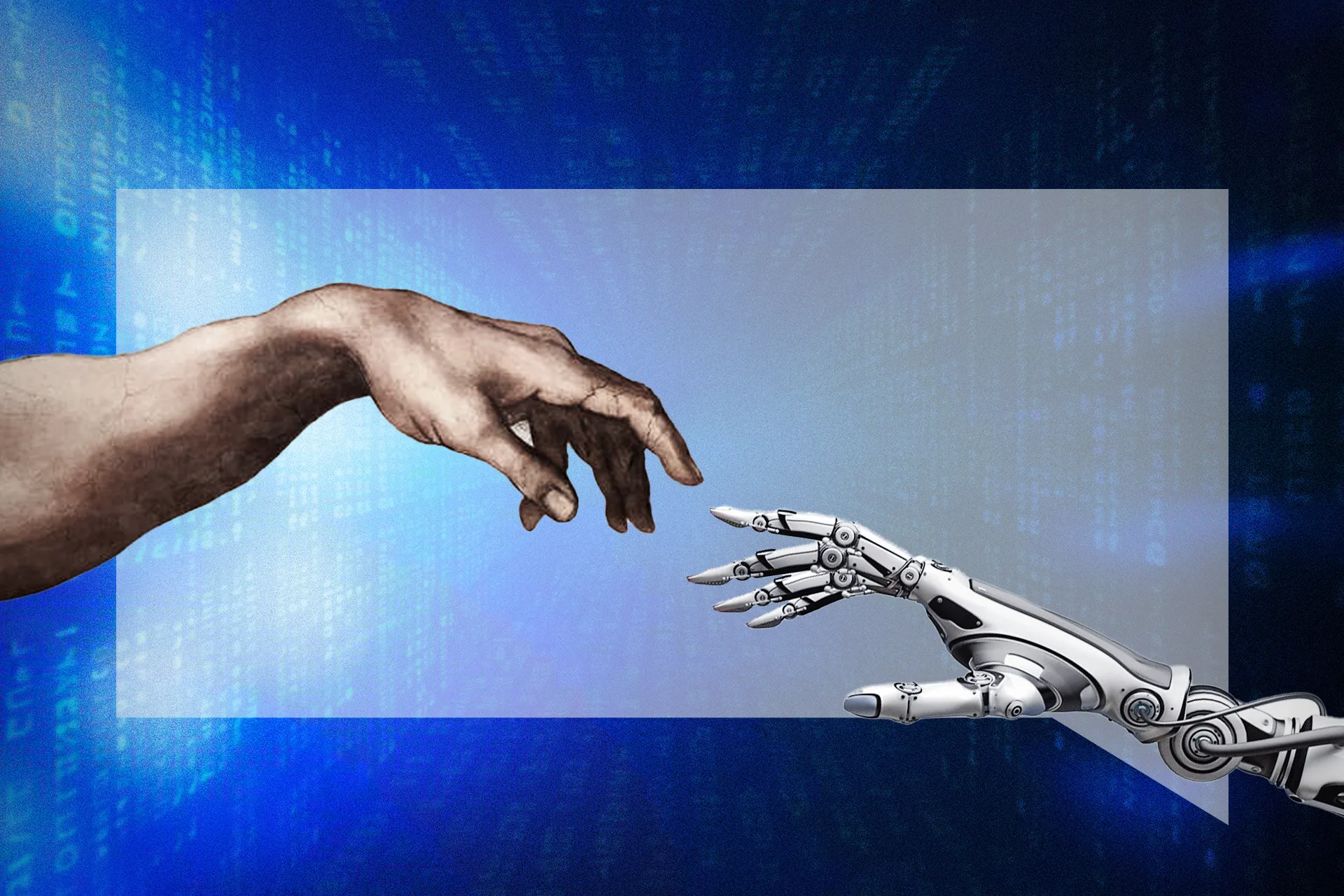At some point, everyone who works with texts has discovered ChatGPT. At first – with distrust. Then – with surprise. And then – with emotions close to delight: in a few seconds, it can produce structured text, headline selection, translation, adaptation, explanation of complexity, and even write a longread.
Indeed, the possibilities are impressive. But at this point, many people are tempted because they think: “Maybe I should just copy it?” Save time, meet the deadline, fill out the website, publish a post on social media.
And this is where the main problem arises. It’s very easy to see a text that was created without human intervention. And readers do it even unconsciously.
Read also: How to protect personal data: what everyone should know
What the “unrewritten” ChatGPT looks like
- This is a text in which all sentences are of the same length and structure.
- These are phrases that say nothing: “an important contribution to the future”, “a pressing issue of the day”, “effective interaction between the parties”.
- This is a selection of adjectives that create the illusion of meaning: “an outstanding initiative”, “in-depth analysis”, “sustainable development”.
- These are constructions like “It’s not about…, it’s about…”
- This is the absence of the author’s voice, style, and intonation.
In other words, such a text does not offend anyone, but it does not catch anyone either. It’s not annoying, but it’s not memorable either. It’s a kind of information ceiling that gives nothing to the reader, the author, or the brand.
Why you can’t copy texts from AI without editing
AI text is recognisable from the first sentence. People can’t always explain how, but they can definitely feel that it wasn’t written by a living author. And because of this, the text loses its credibility.
Its quality also suffers. ChatGPT doesn’t think contextually, doesn’t know your readers, doesn’t understand the brand’s tone, doesn’t sense irony or mood. The text it generates is just an average response with no depth.
At the same time, the image of the author or organisation is damaged. If your audience is experts, journalists, activists, or just attentive readers, they will quickly recognise the “emptiness” of such a text. It damages the credibility of everything you publish.
Finally, such text may contain errors. AI generates a likely answer, not the truth. It can make up a quote, mix up facts, or make a simple mistake – and all this will go unnoticed if you don’t proofread the text carefully.
Read also: Children returned from TOT and the Russian Federation: how they are welcomed and assisted at the Child Rights Protection Centre
But wouldn’t rewriting mean wasting time again?
In fact, no. And this is the main advantage of AI.
ChatGPT is not a replacement for an author. It is a tool that helps to get started when a blank screen is intimidating. It is an assistant that can structure what is already in your head. Or a partner who will give you 10 options for headlines, among which you can take one and rewrite it for yourself.
It is, after all, like a voice recorder: you can say something on a draft, and then turn it into a normal text.
Read also: Status S for Ukrainians: When Refugees Behave Like Tourists
What to do with the text after generation?
- Check the facts. Do not rely on accuracy, but check dates, names, data.
- Find weaknesses. Pay attention to where the text sounds artificial or formulaic.
- Replace impersonal phrases with specifics. Not “an important contribution”, but “helped to restore 12 schools in the Kherson region”.
- Add voice and style. Write as you speak.
- Shorten it. AI loves verbosity. Don’t be afraid to cut.
- Clarify for your audience. Make sure it sounds like it should in your context.
ChatGPT is a brilliant tool. But its main strength is not in the ready-made texts, but in the fact that it speeds up and facilitates the creative process. Copying and pasting its texts without editing is just like publishing the first draft of a journalistic piece without editing.
The person is still the main one. Because it is the person who feels, thinks, understands the context and knows who they are writing for.
AI is an assistant. But not the author.
Read also: Labour imbalance due to the war: Ukrainians are looking for work in the EU, while the labour market at home suffers from a shortage of staff



